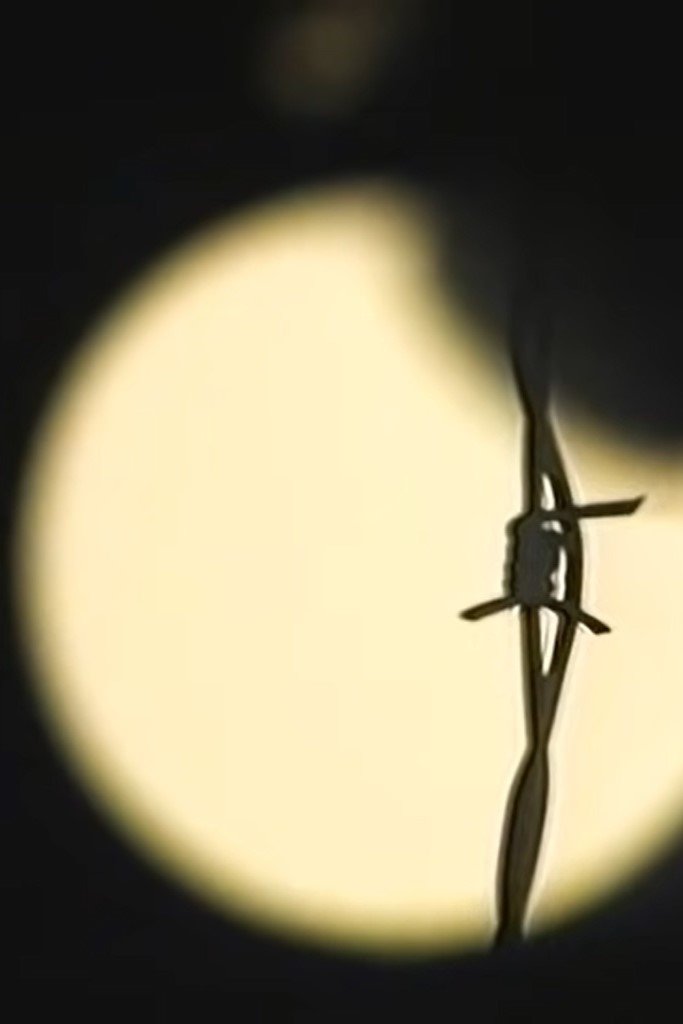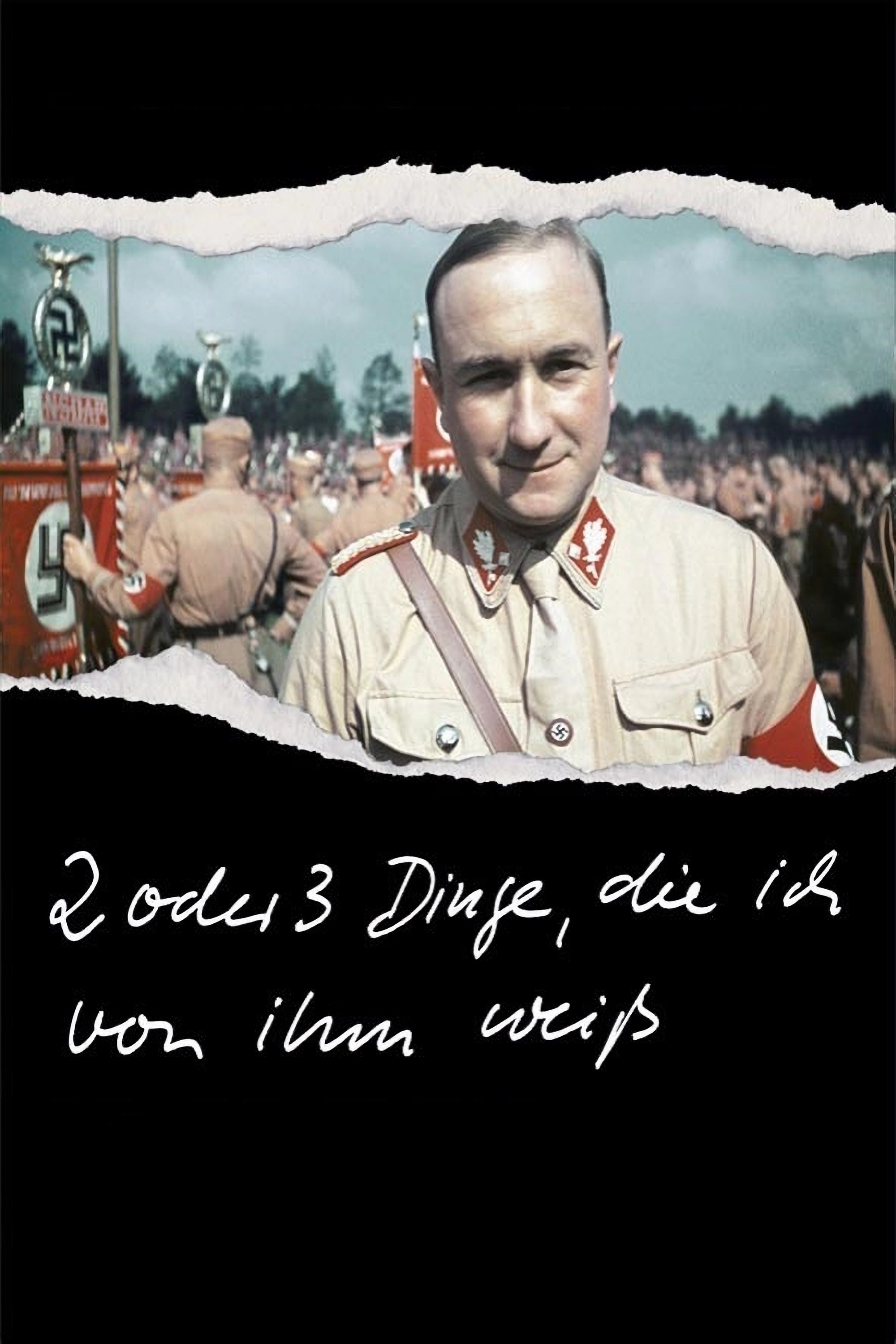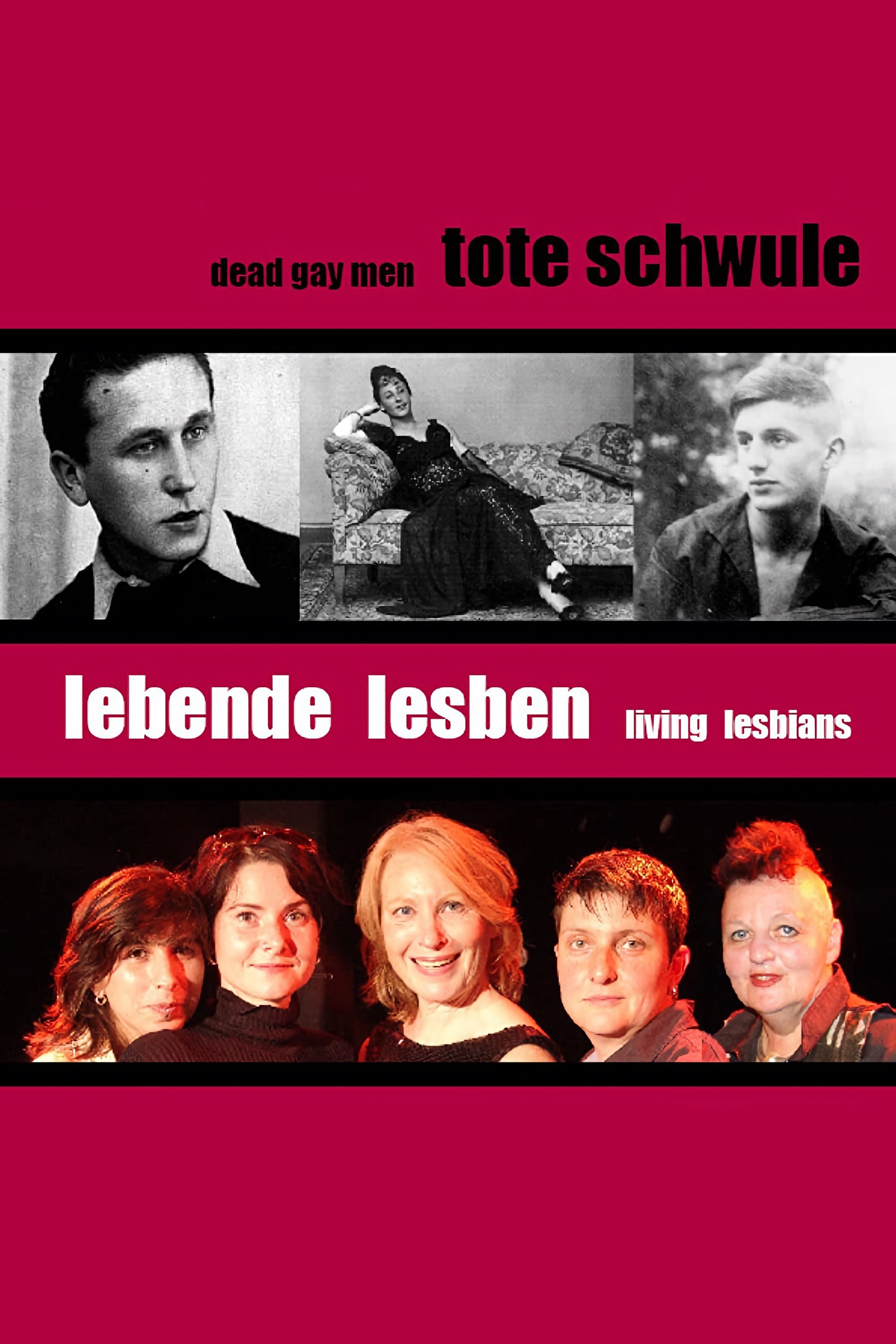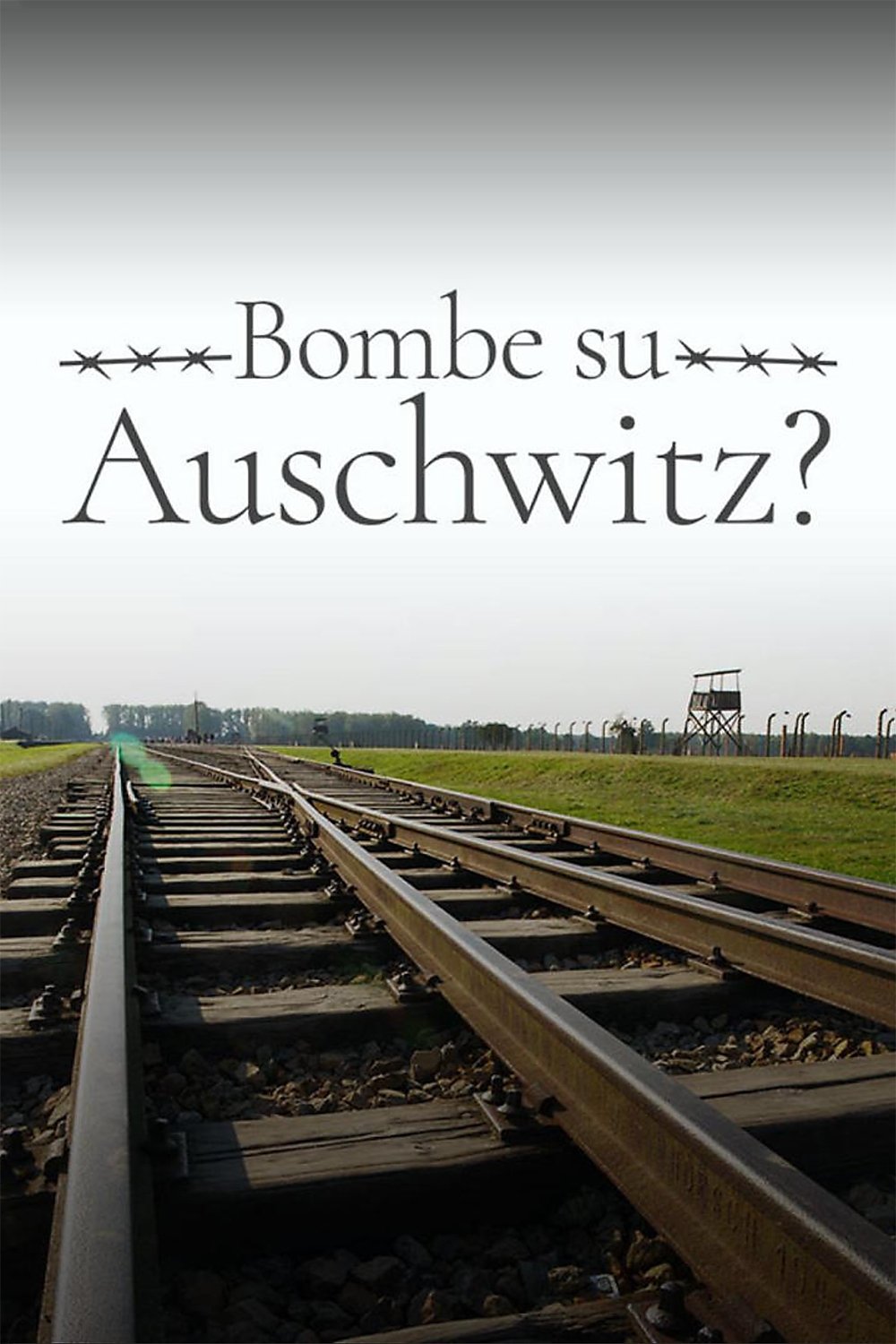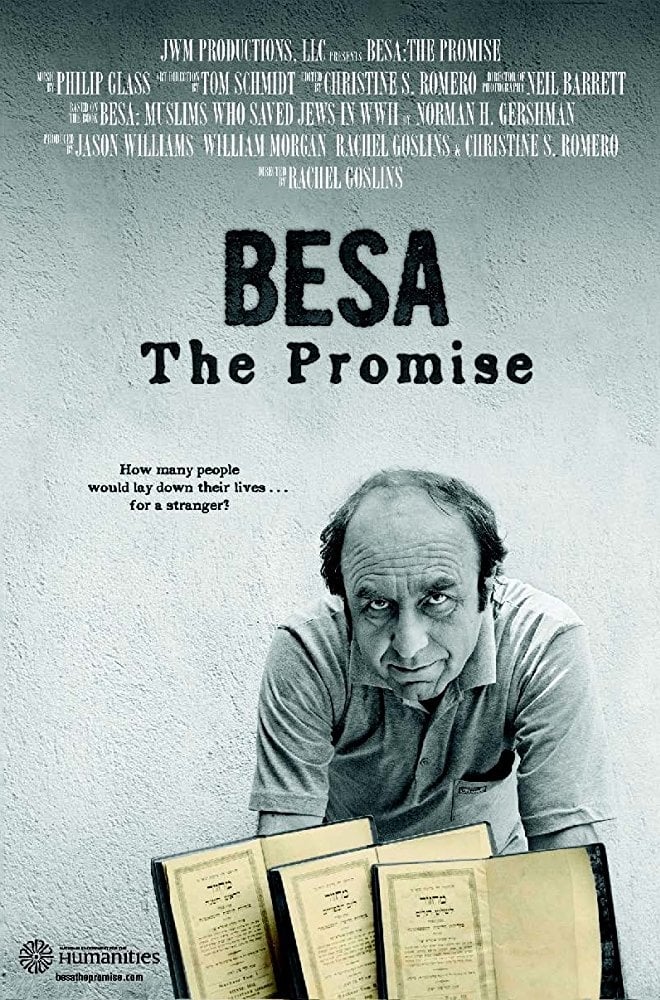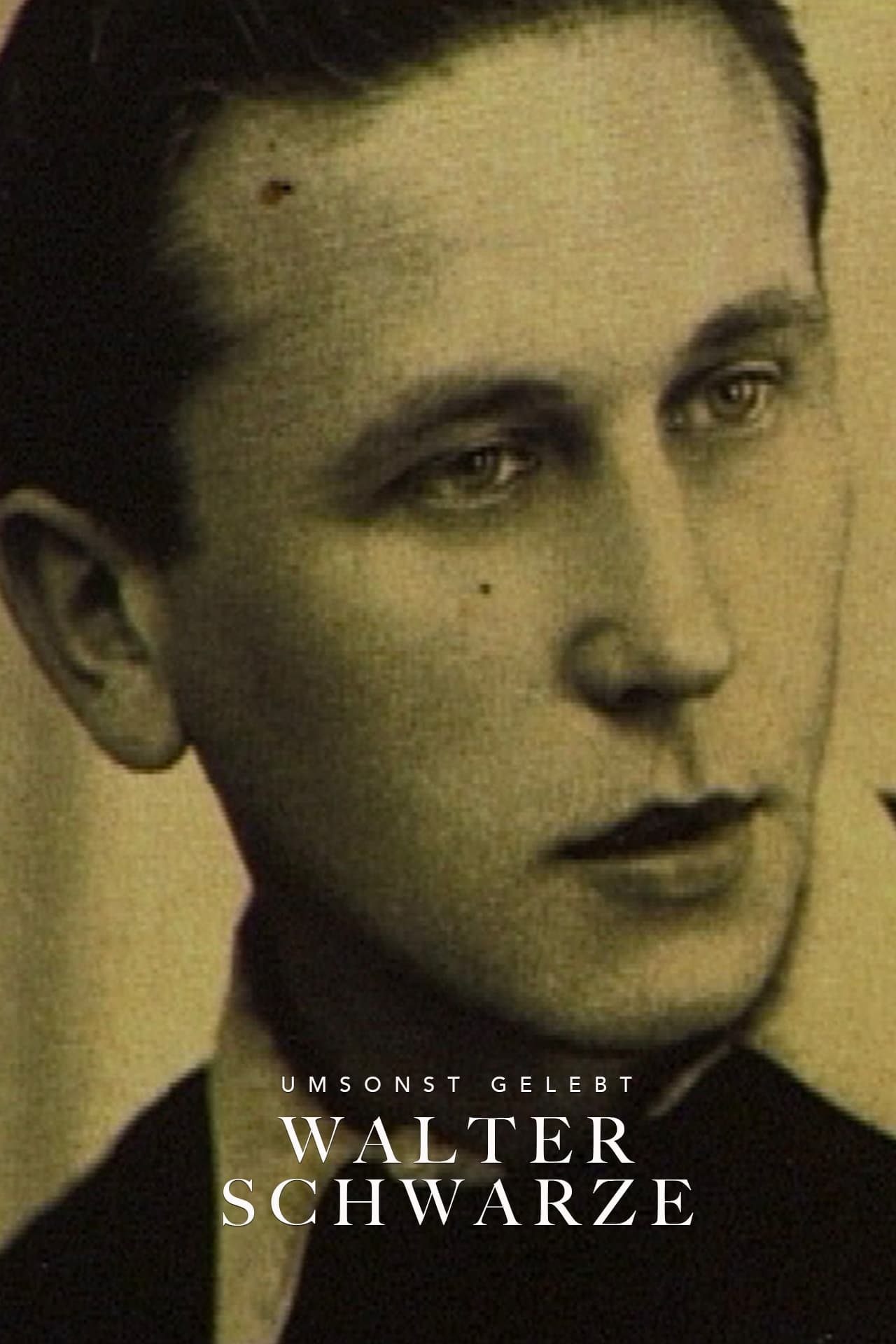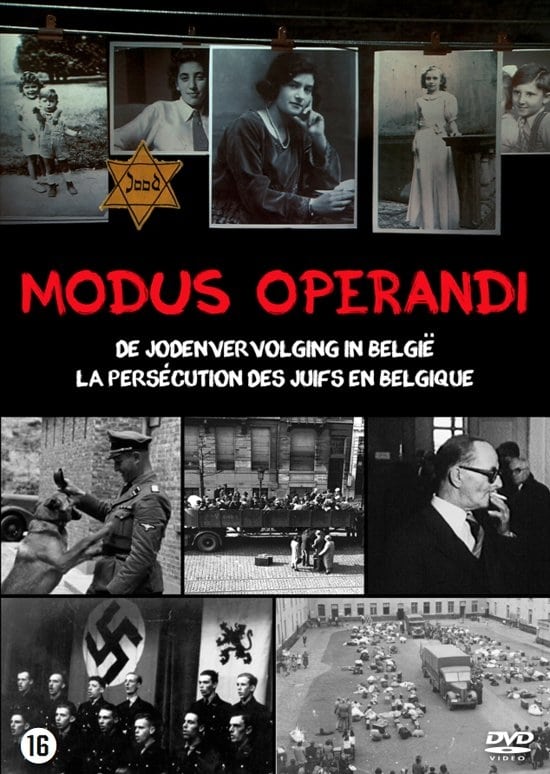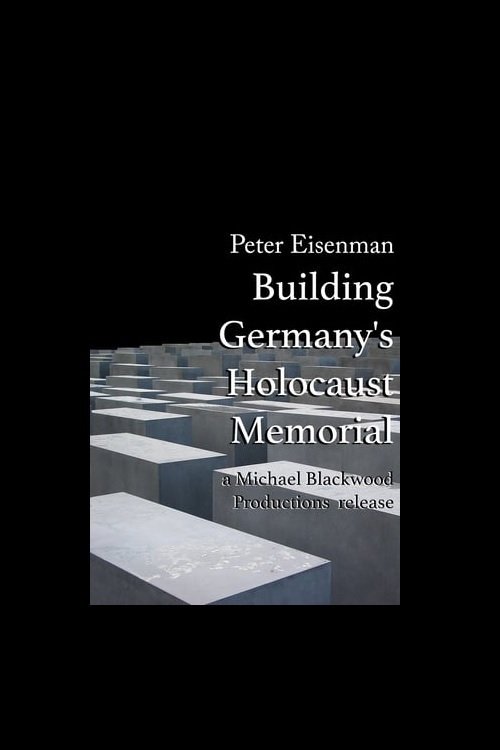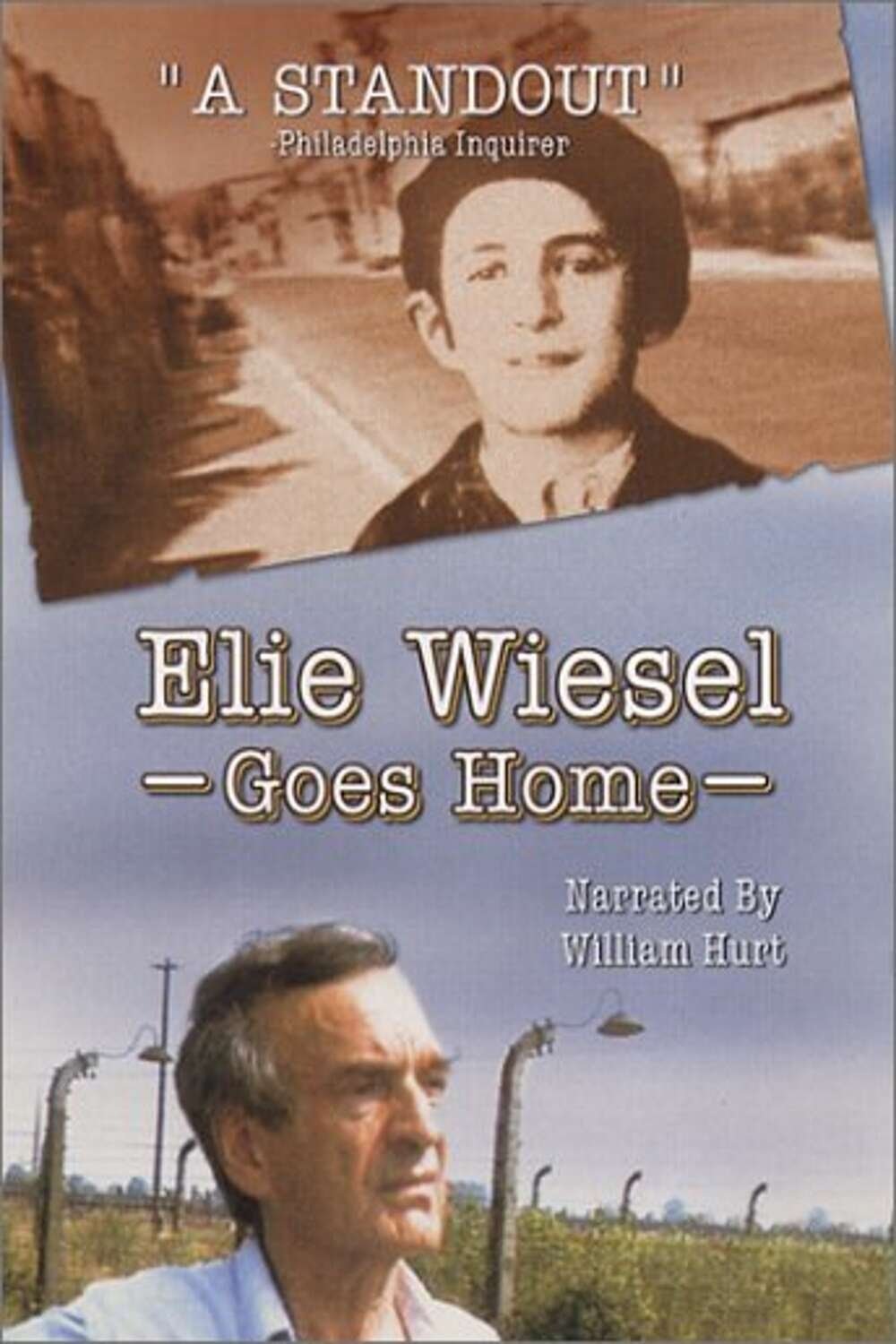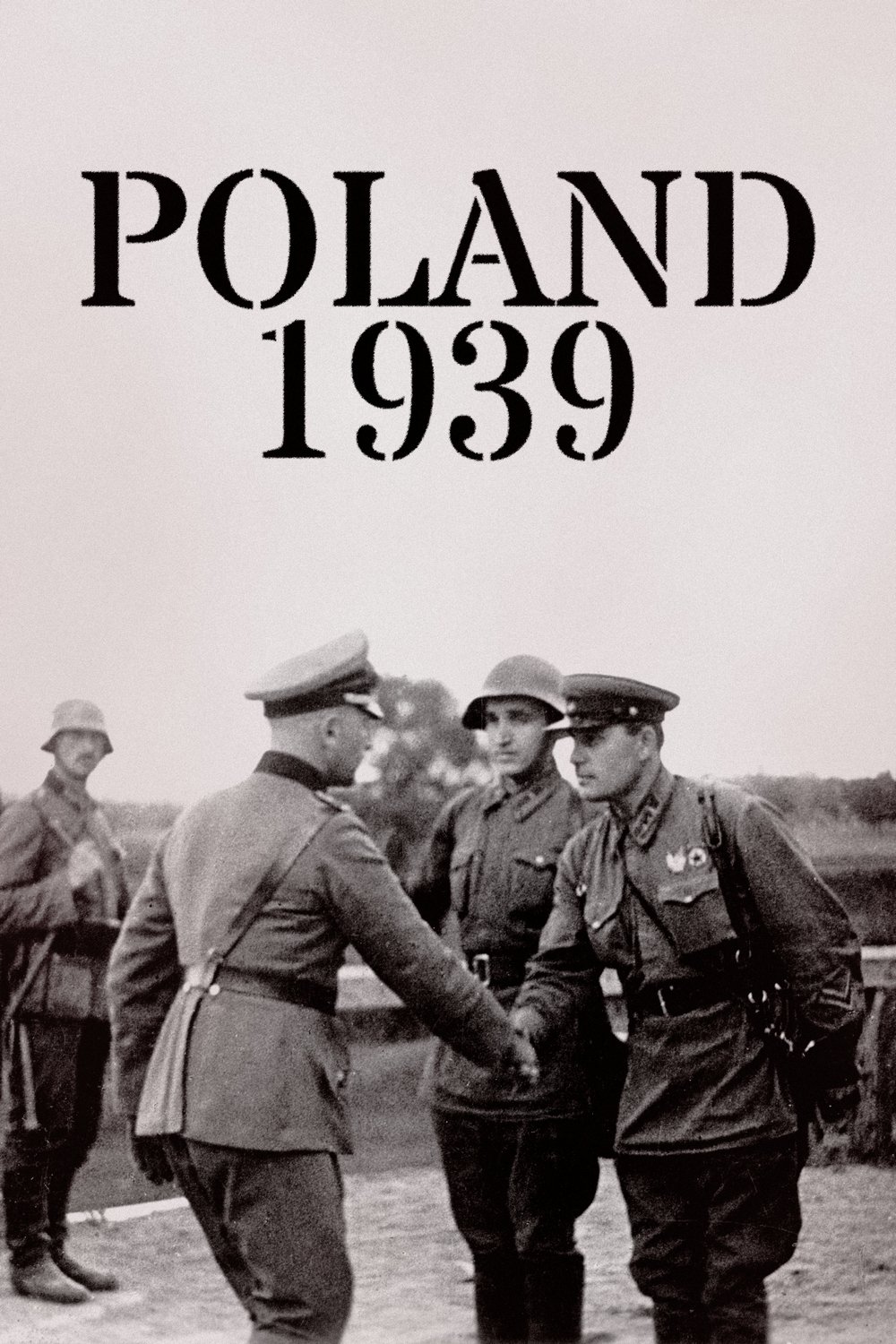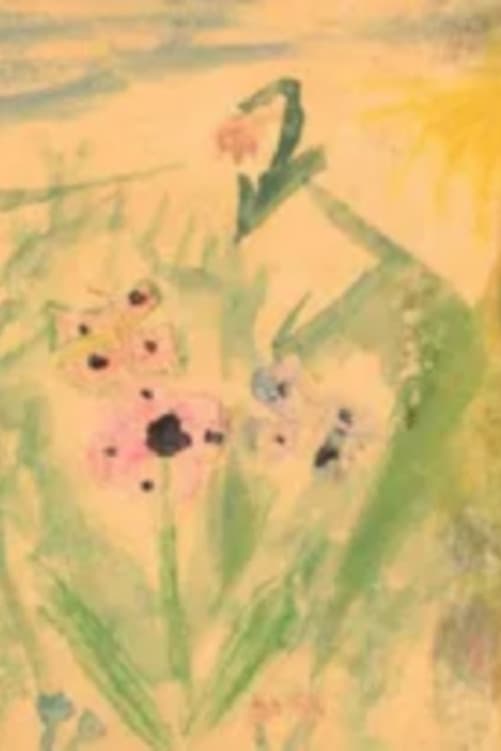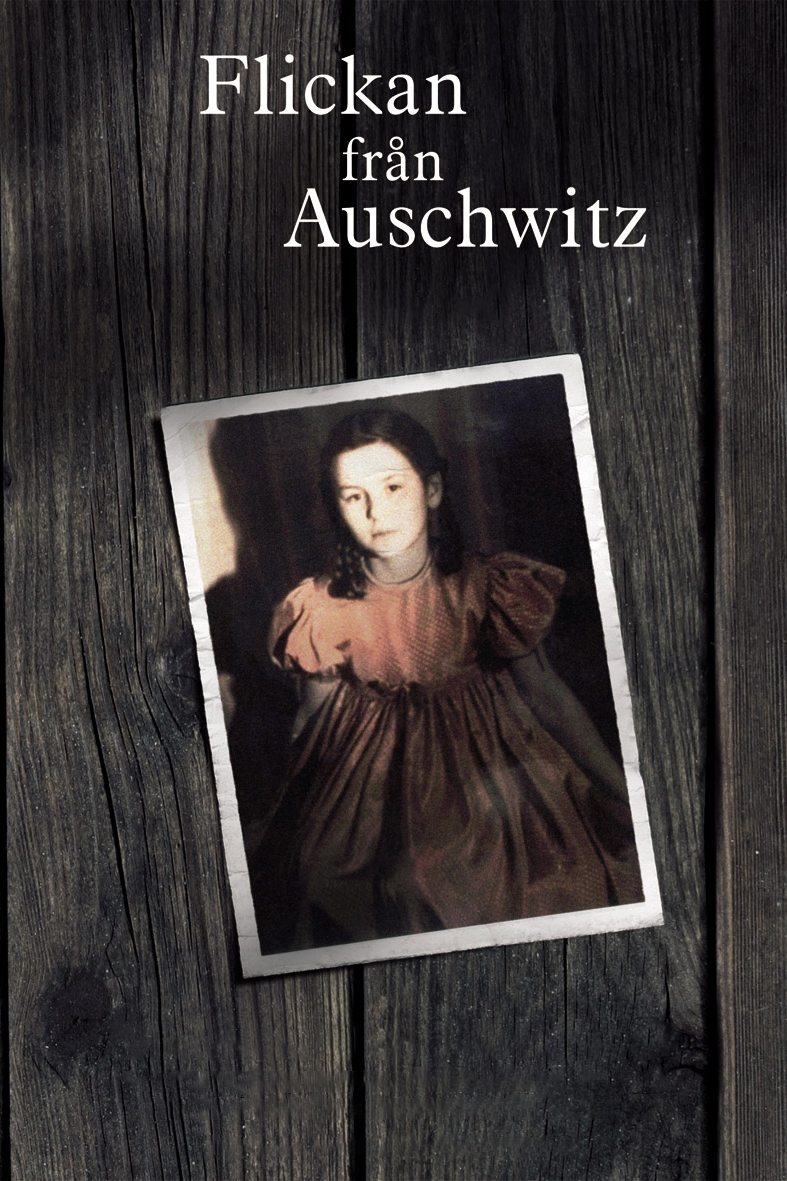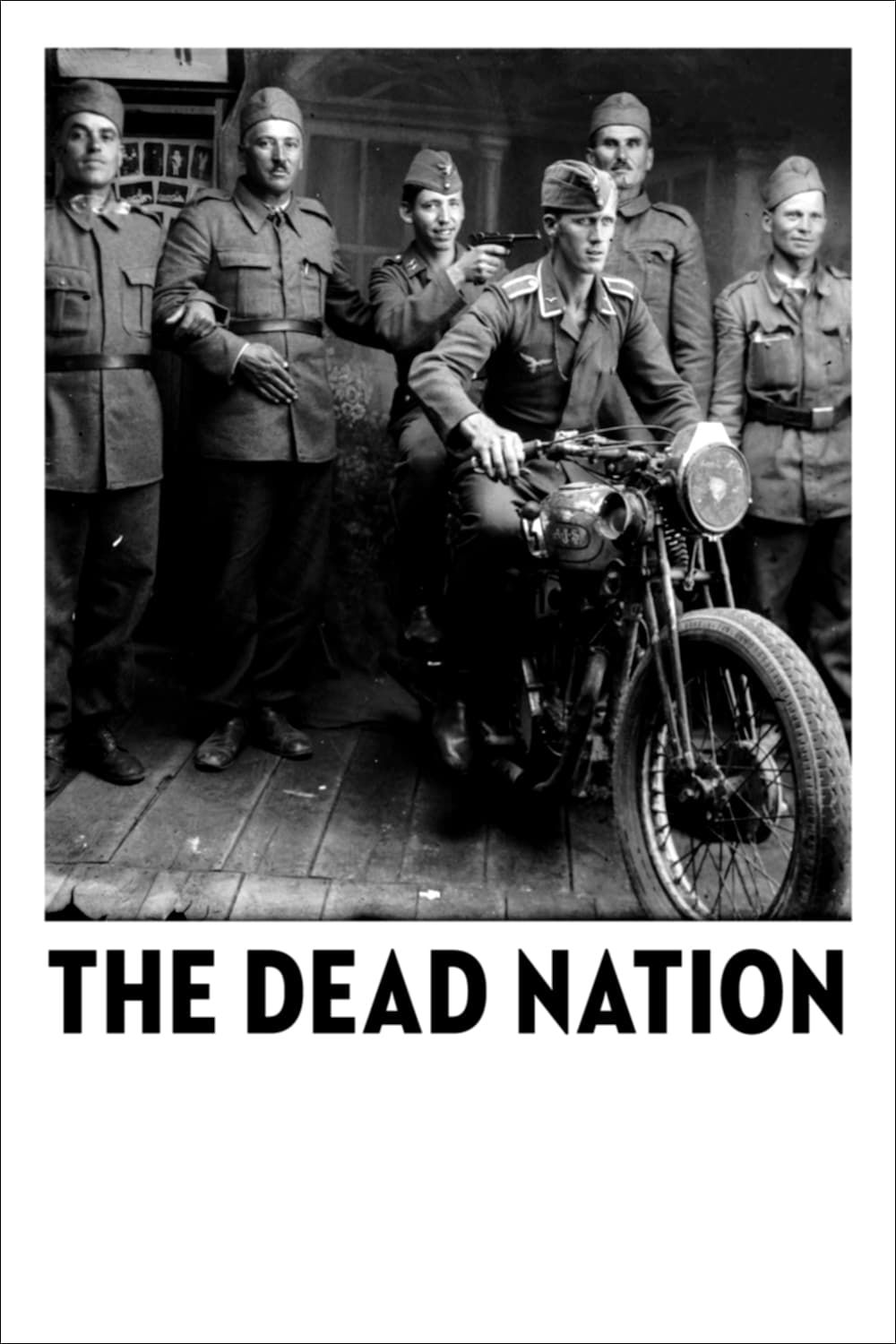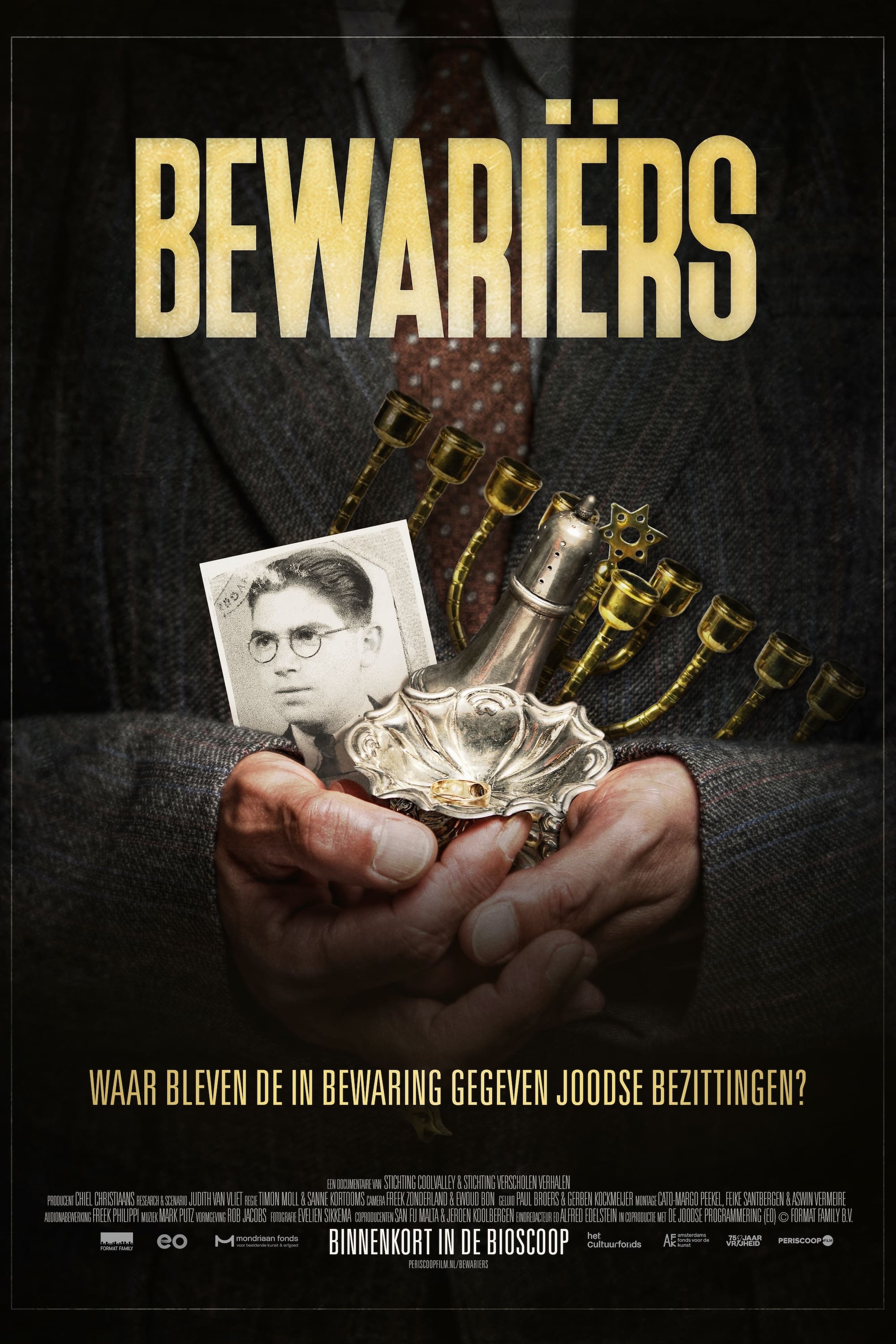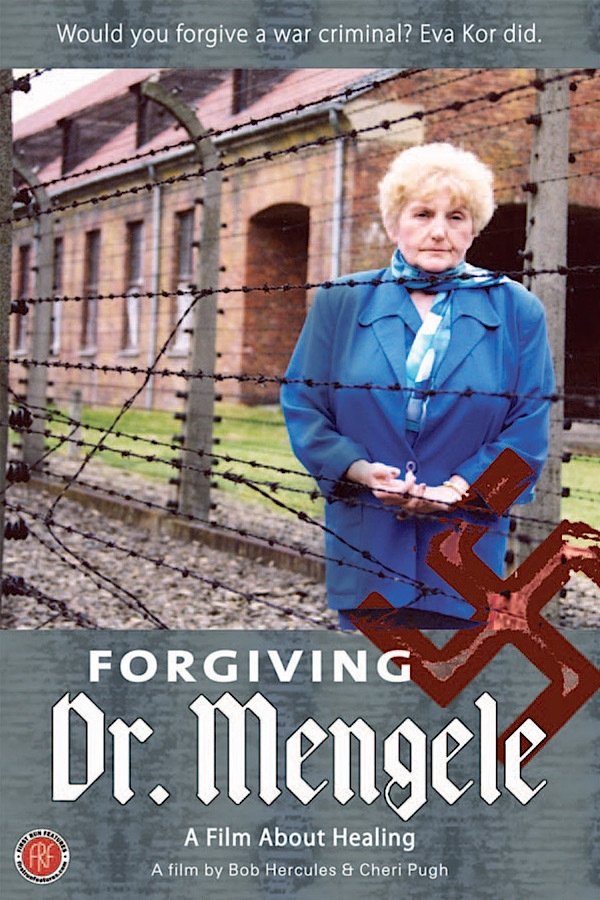
999: The Forgotten Girls (2024)
Released:
2024-09-20
Duration:
1hr 30min
Genres:
Documentary
Rating 0.0
Overview
The first official Jewish transport to Auschwitz consisted of 999 Slovak girls and young women. This documentary features several survivors from that transport.
Production Companies
Promise Productions
Additional Info
| Budget | $0.00 |
|---|---|
| Revenue | $0.00 |
| Original Language | en |
| Popularity | 0.2291 |
Directed By
Beatriz Calleja
Heather Dune Macadam
Crew
Director
Beatriz Calleja
Beatriz Calleja
Director
Heather Dune Macadam
Heather Dune Macadam
Executive Producer
Susan Lacy
Susan Lacy
Executive Producer
Diane Nabatoff
Diane Nabatoff
TOP CAST
Ramita Navai
[Narrator]
